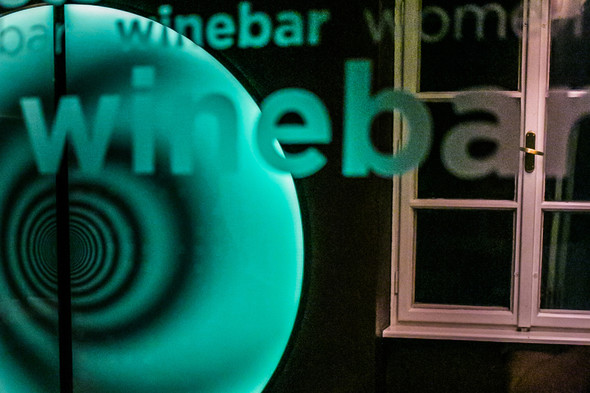The past decade has indisputably been the decade of wine bars in Central and Eastern Europe, with more and more new places sprouting up like mushrooms. Some focus on the wines of the country, others stock difficult to get hold of, relatively expensive, but internationally well-known foreign wines. There are inexpensive ones and more pricey ones, some where you can also buy wines to take away and some where you can’t. It would be impossible to write about all those we like in a review, so for now, we have chosen just one per capital. Join us in Tbilisi, Prague, Bratislava, Vienna, Budapest, Zagreb, Bucharest and Sofia!
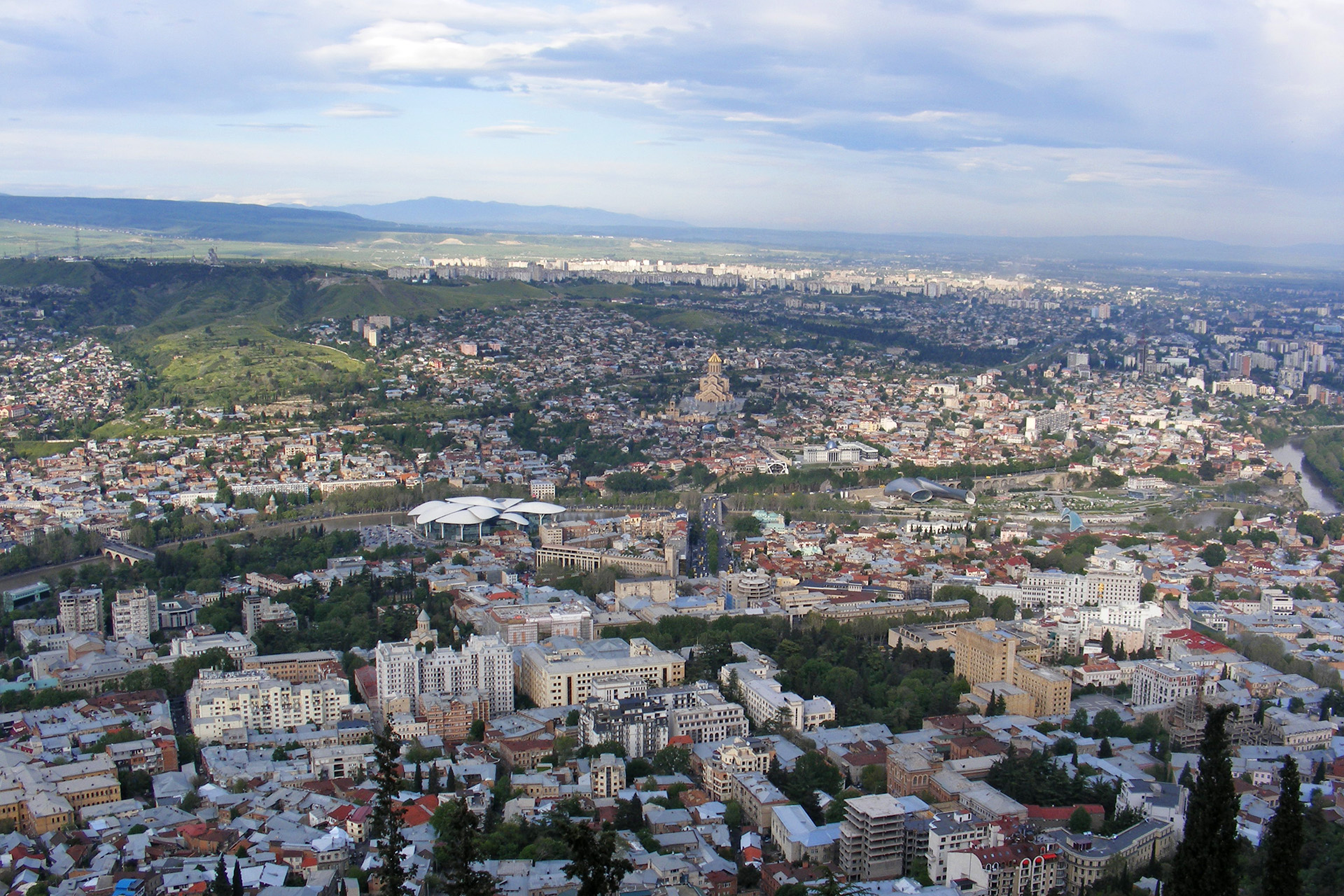
Tbilisi
Tbilisi is a wonderful place. It may surprise newcomers to the city how its oriental atmosphere combines with western style. But, don’t just visit the museums, you also have to go to the market early in the morning, later in the morning to the flea market, drink Georgian tea somewhere (which in the former communist bloc countries was a similar concept to, let’s say, Ceylon or Darjeeling tea in the west), for example in the Althaus, you have to stroll around the old German districts, hang out on the river bank, go to a spa and finally you absolutely must have dinner in the Azarphesha restaurant. If you’re looking for a wine bar, then your best choice is the authentic Vino Underground, specialising in small producers, where everyone can learn what the qvevri grow on trees...
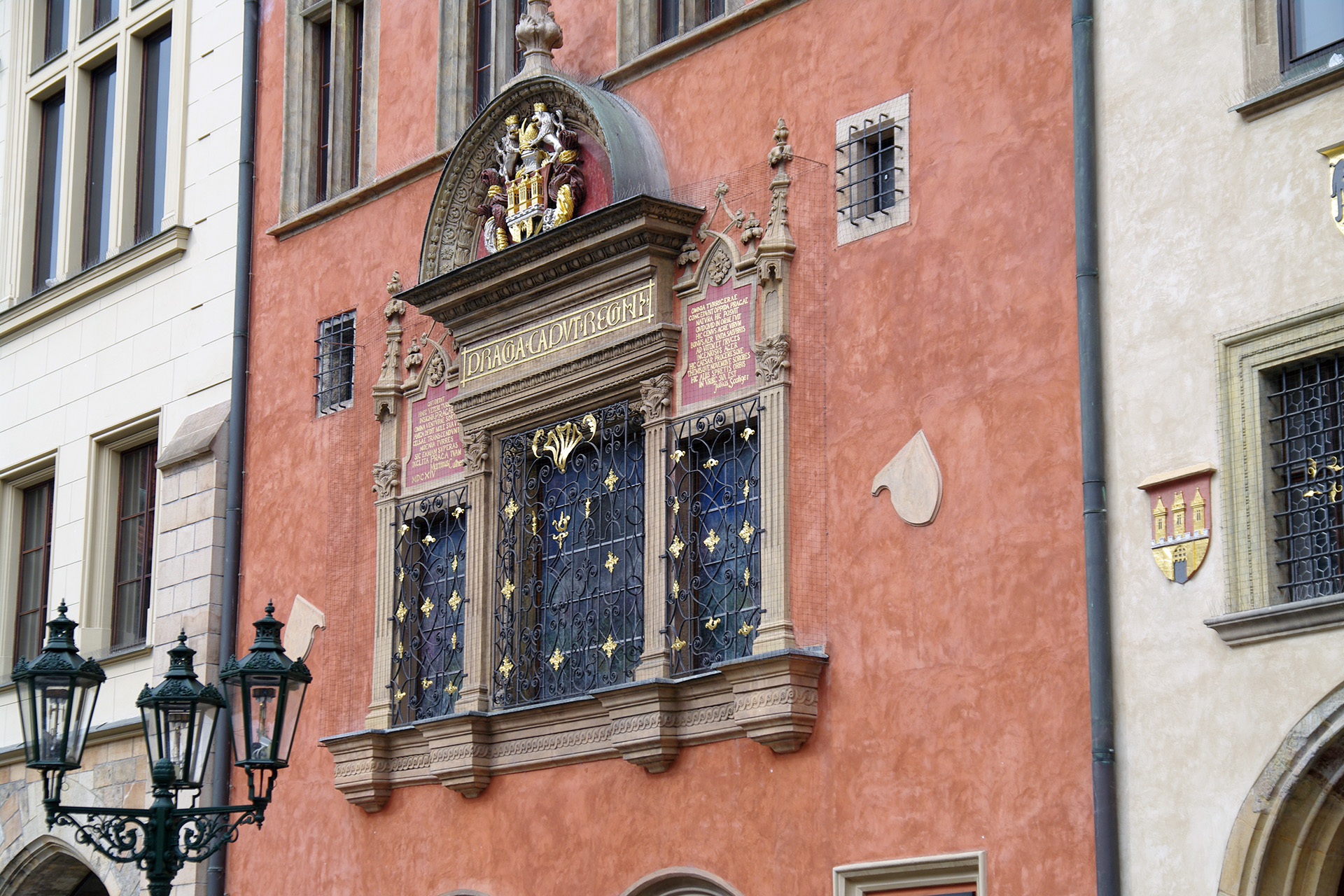
Prague
Prague has been on everyone’s ‘bucket list’ of sights for decades and this is not without good reason. The old town constitutes a wonderful whole and the castle across the river is also marvellous, while one of Europe’s most beautiful and oldest stone bridges, the Charles Bridge, completed in 1402, connects the two. There is something else for which Prague is famous and that is certainly not the wine. The city is the capital of beer or at least the capital of pubs. There is one on every corner, in every street, where they usually brew their house beer according to their own recipe, sometimes even since the Middle Ages. So, when you are here, feel free to give into temptation, drink beer to your heart’s content, read the Jaroslav Hasek’s classic tale of Svejk and only drink wine if you absolutely must. In this case, at Vinograf!
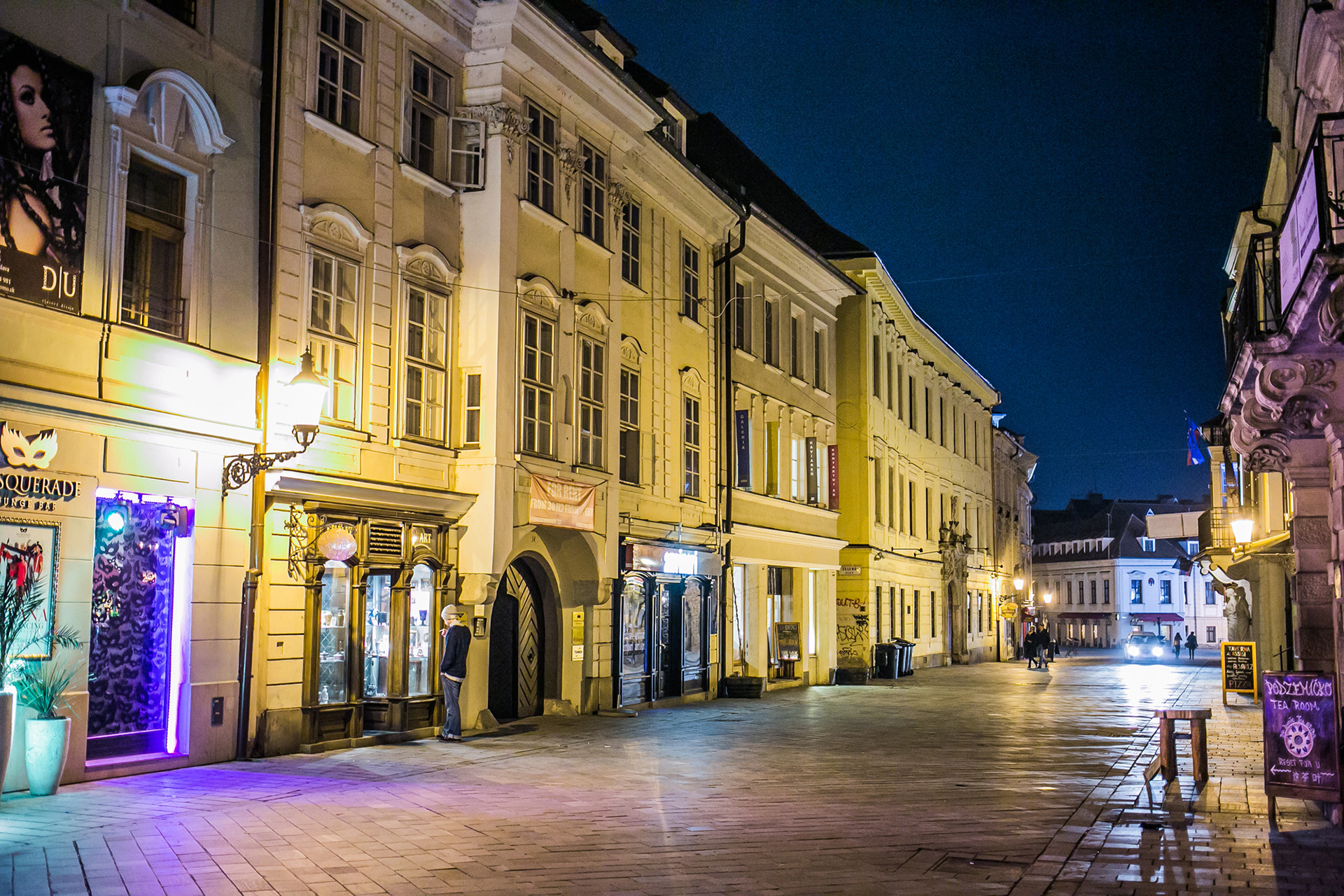
Bratislava
Bratislava, the Slovak capital, was once an important German trading city and was the Hungarian coronation city for centuries. And you can definitely see this! The old city is a real gem with wonderful buildings, well-kept small streets and the castle towering over the city, as well as one of the city’s modern symbols, the bridge across over the Danube. If you visit the city, you shouldn’t miss visiting St Martin’s Cathedral, but it’s also worth hiring a car and making a trip out to the nearby Malokarpatska wine region, or taking a boat to the Devin Castle ruins. We also sat down for a glass of wine in Vinimka and didn’t regret it.
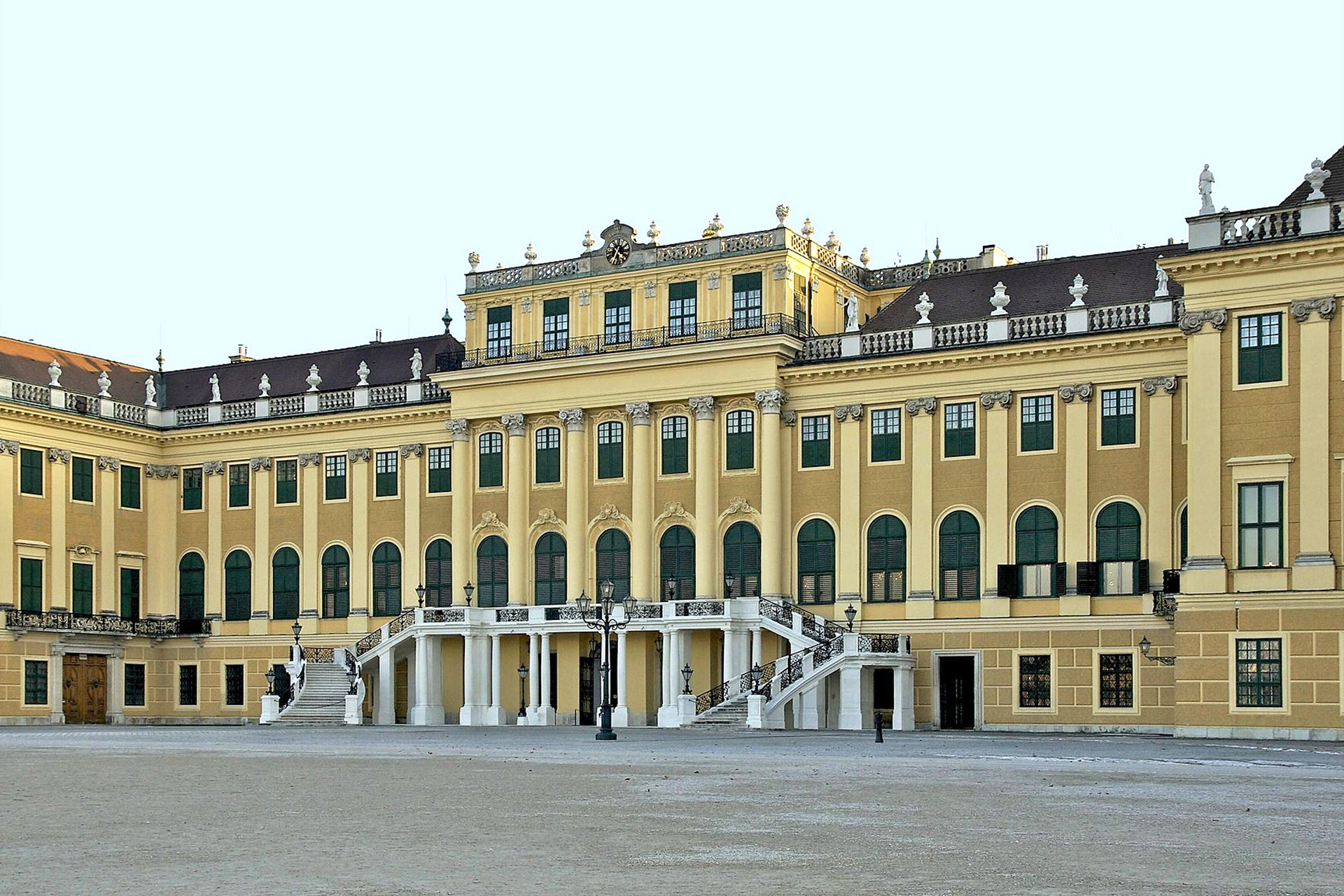
Vienna
Vienna, the imperial capital, is wreathed in some kind of mystical loftiness in Central Eastern Europe until this very day. Vienna was the centre of arts and culture, a luxury which the Habsburgs kept alive for centuries. Vienna is the city with which every city wants to be compared. Of course, the question is how Austrian a city is Vienna? It’s clear that entirely, but if we take a look at history, it was far rather the imperial city and the capital of the only empire in Central and Eastern Europe, the Monarchy. Stroll along the streets, have a coffee in one of its squares, waltz at its balls, go to a concert and trawl through its museums. Finally, have something nice to eat at the Naschmarkt and drink a glass of wine in the Wein und Co wine bar next to the market.
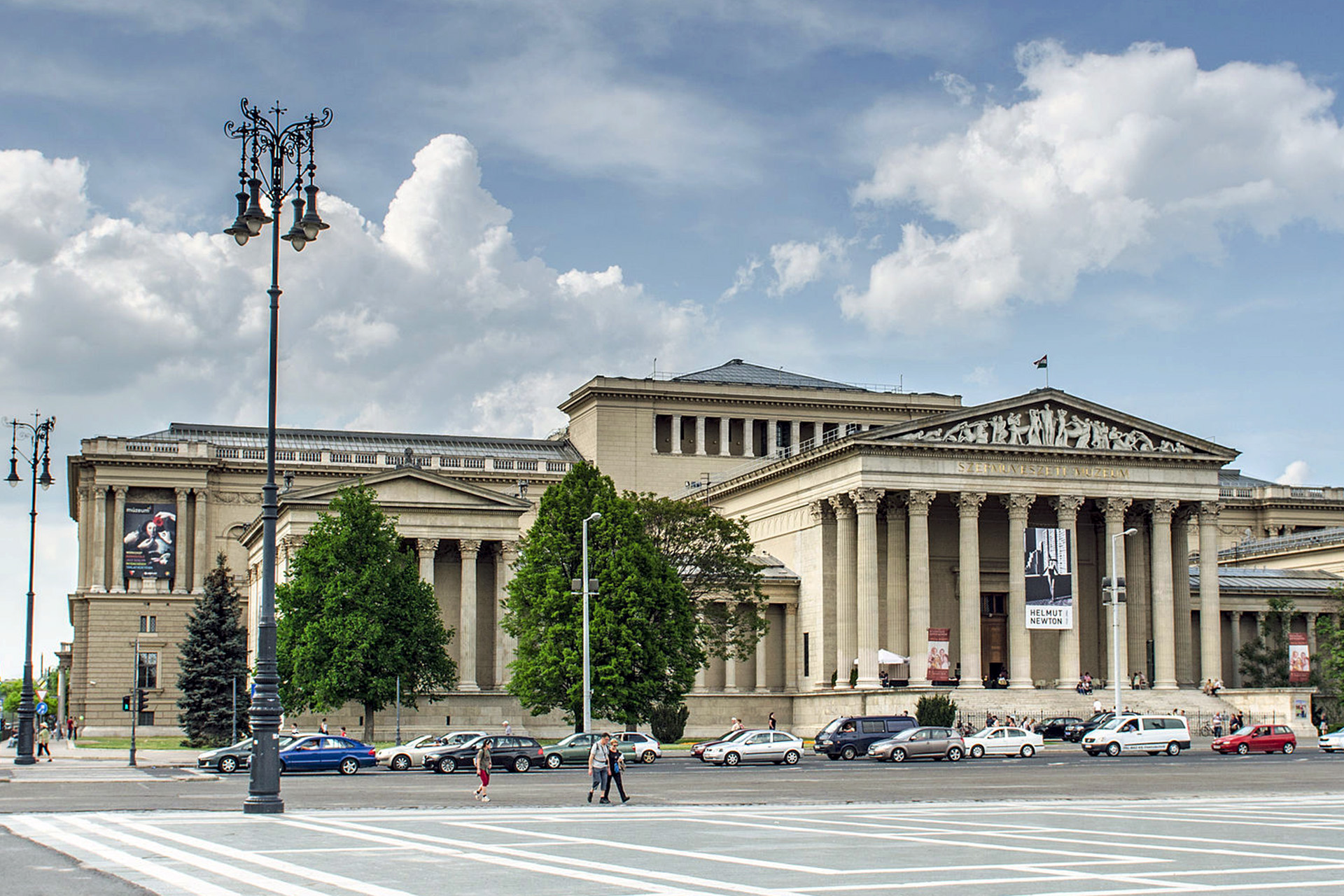
Budapest
If it seems that Vienna was once the capital of an empire, then this is doubly true of Budapest. Perhaps it is a result of the spirit of the Hungarian people’s ambition to run rings round its ‘rival’, Vienna, that under dualism they were consumed by a construction fever, wanting to build everything bigger, better and more beautiful. Take a look at the Matthias Church in the castle and the Fisherman’s Bastion, go for a walk on Margaret Island, go to the opera, have a cake in Gerbaud and wander around the old Jewish district, which has now been turned into a ‘party district’ where all of Europe’s young people swarm to go drinking at the weekend. Out of the numerous wine bars, we would recommend Kadarka because of its casual atmosphere and wide range of wines.
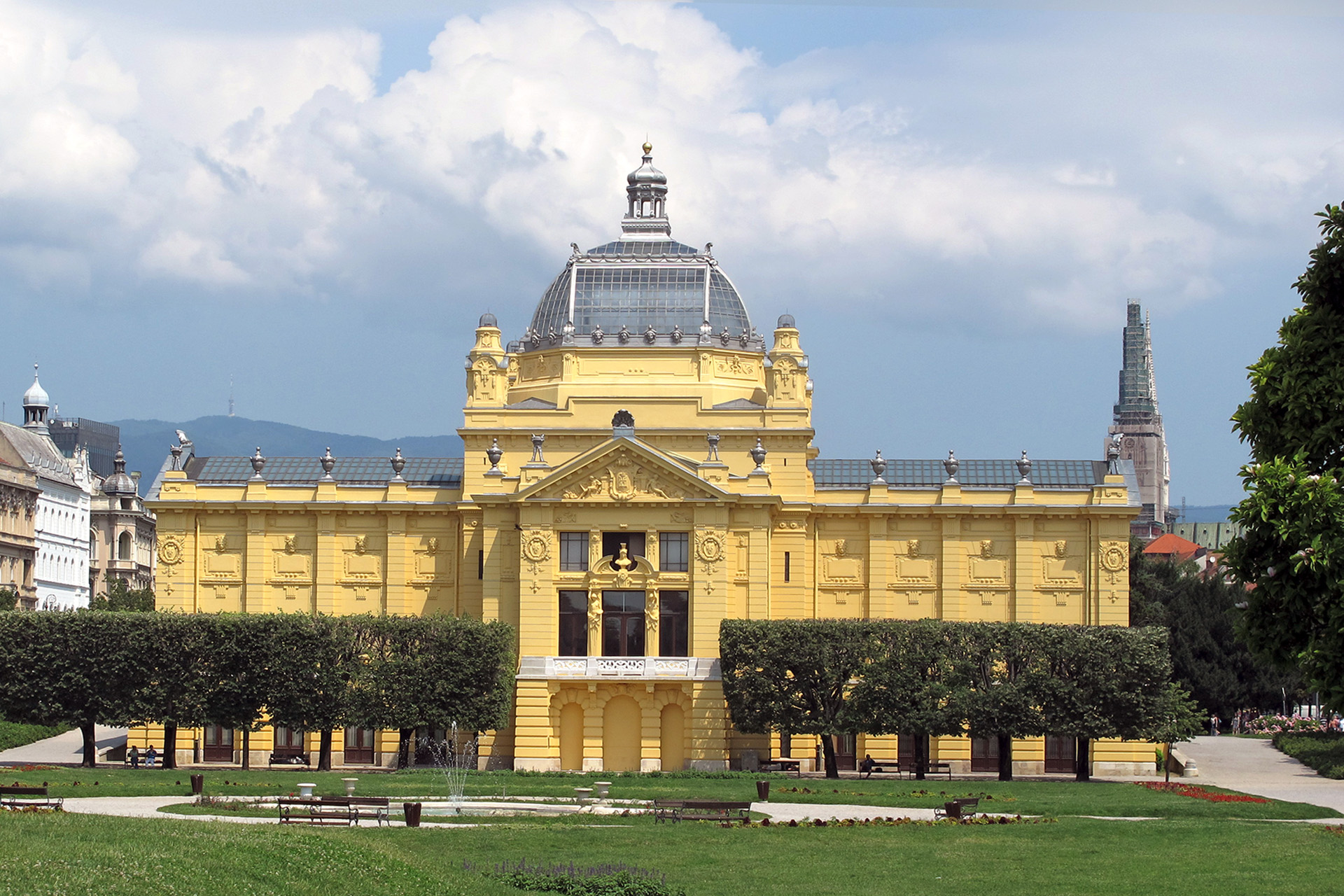
Zagreb
Zagreb doesn’t offer itself up as easily as most of its neighbouring capitals. Maybe because there is no obvious centre, instead, there are three! The modern centre, which mostly bears the stamp of the Monarchy, with secession characteristics, full of squares, parks and museums. Then there is the Kaptol Hill dominated by the Cathedral, but surrounded by numerous churches and monasteries, and finally there is also the upper town where a number of mediaeval buildings still remain intact. Zagreb is the kind of place where you need to lose yourself for a few days in order to see everything. Let’s go and drink some wine in Basement, hidden in the undiscovered streets around the Zagreb funicular.
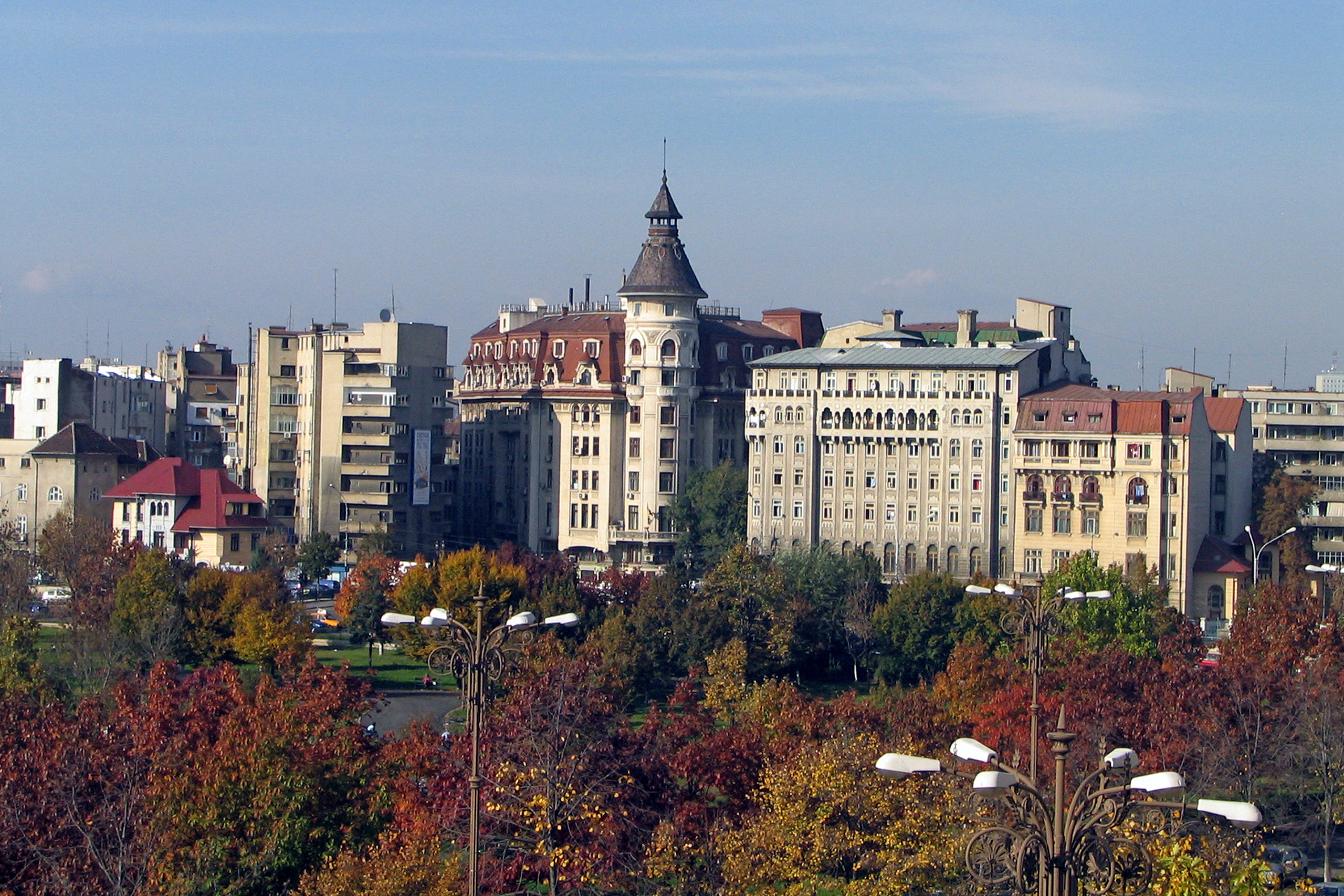
Bucharest
The city centre of the Romanian capital has undergone amazing development in the last few decades. The Lipiscani district is now packed with cafés, restaurants, bars, hookah bars and pubs. In addition, however, the city itself still bears the scars of the previous region, more precisely those of the dictator’s hand: the megalomaniac buildings, the avenues deliberately wider than the Parisian Champs Elysees and the world’s largest planned building, the People’s Palace. Today, Bucharest rather attracts attention thanks to its vibrant cultural life and is now often referred to as the Berlin of the East. To drink wine here, we delved back into the old city, and Corks was well worth it.
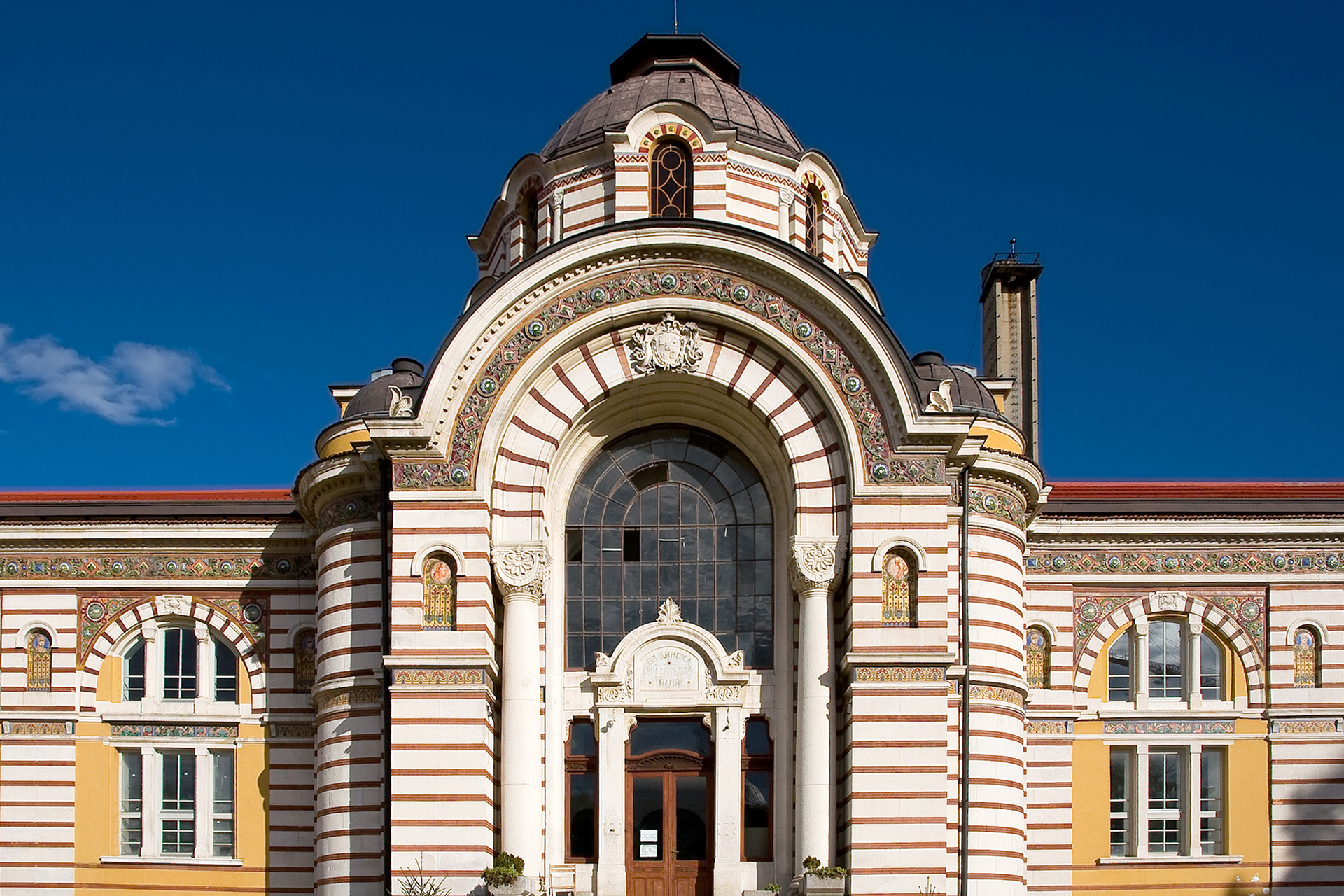
Sofia
Sofia numbers among one of the really large cities in the region and is also one of Europe’s oldest capitals; indeed in 800 BC, it was already the site of a settlement! Its main sights are its beautiful orthodox churches, mosques and synagogues, and of course the fantastic Bulgarian cuisine and the Vitosha Hills. It’s worth making an excursion out to the monasteries in the Rila Mountains or to the 13th century Boyana Church in the prosperous suburbs of the city, but first let’s drink a few glasses of wine in Grape Central.



